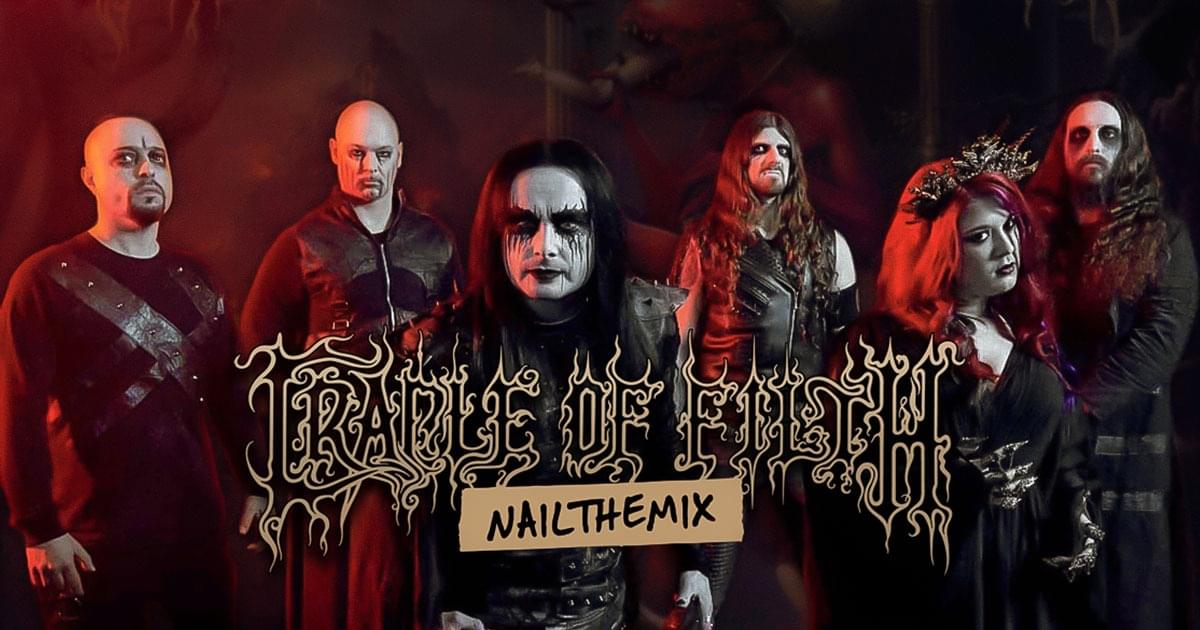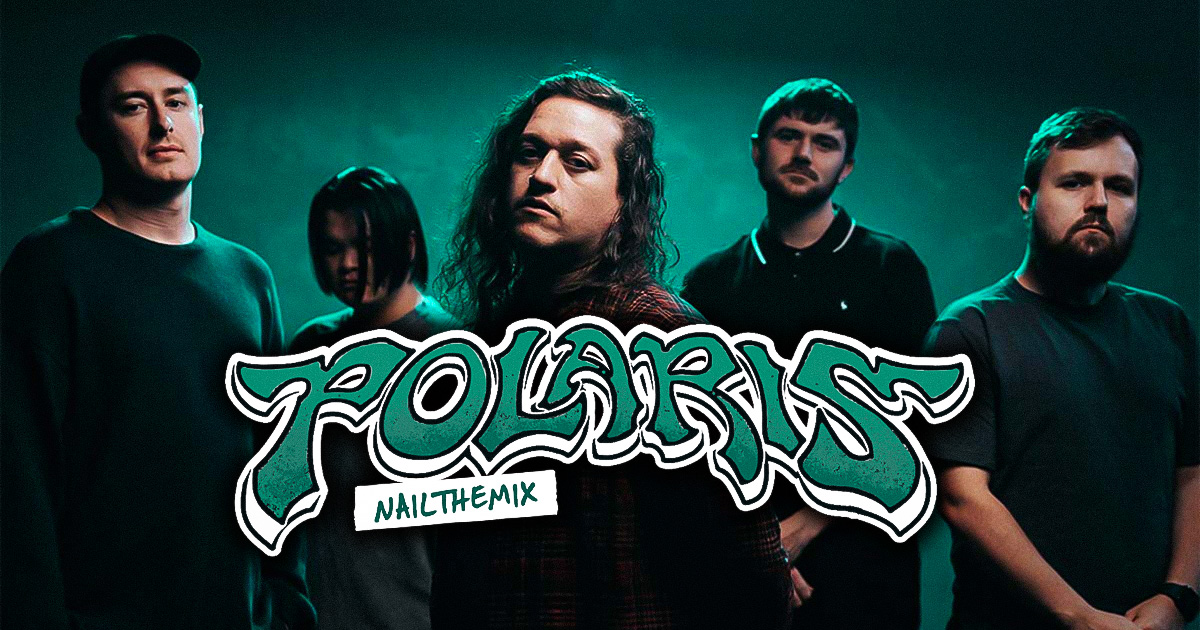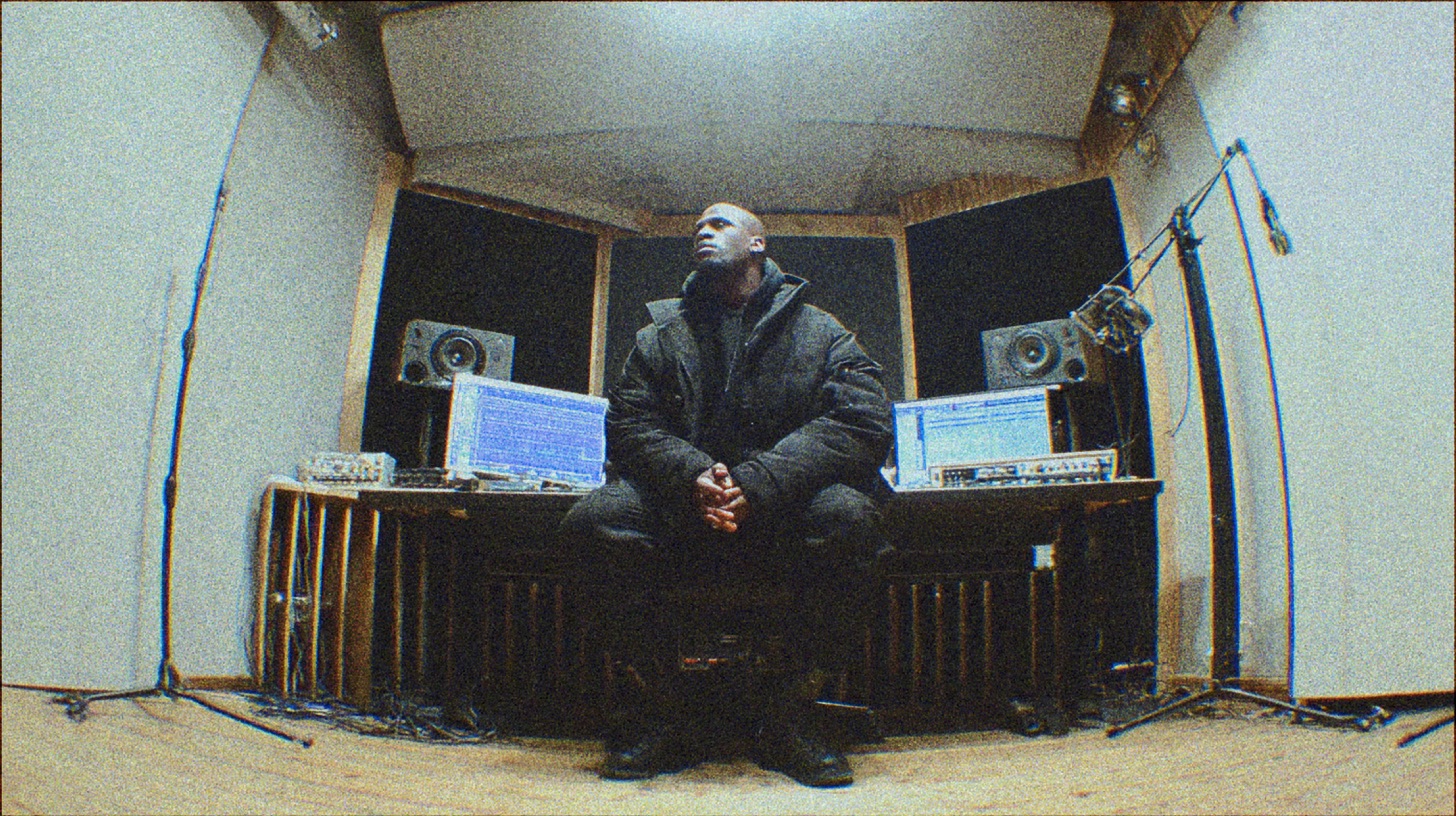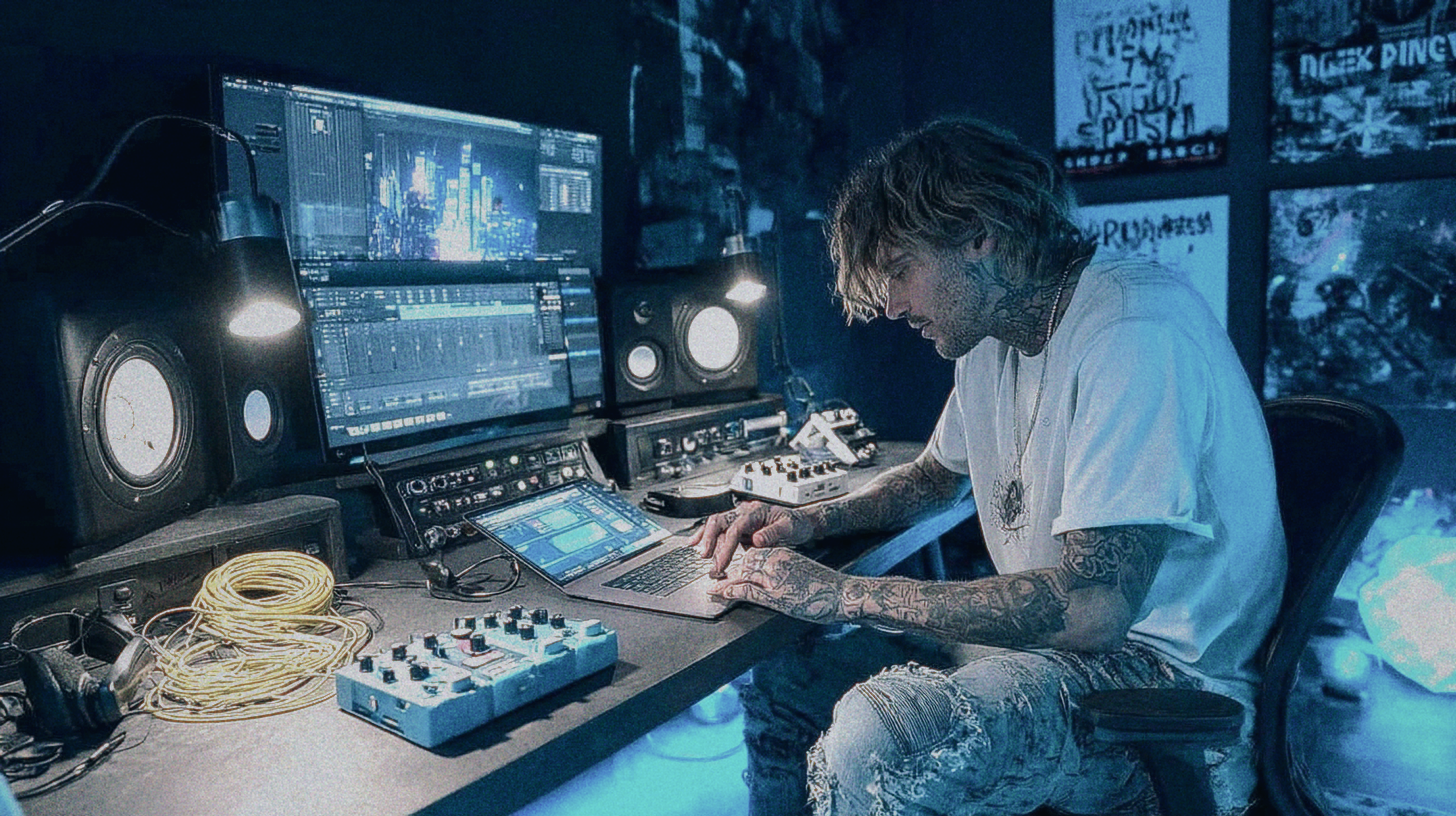
Dialing Disgusting & Consistent Bass Tones with Cradle Of Filth
Nail The Mix Staff
Getting a metal bass to sound huge is one thing. Getting it to sound huge, aggressive, and consistent enough to slice through a chaotic Cradle of Filth mix? That’s a whole other level of dark magic. Fortunately, legendary producer Scott Atkins pulled back the curtain on his exact process for achieving that disgustingly perfect bass tone.
It’s not about one magic plugin. It’s a chain of smart, deliberate moves that take a raw bass DI and forge it into a weapon. From pre-emptive dynamic control to a killer parallel processing trick, let’s break down how Scott Atkins makes it happen.
Taming the DI: Consistency Before Character
Before you even think about amp sims or distortion, the key to a tight, professional bass tone is controlling the performance’s natural dynamics. A bass player moving from low chugs on the E string to higher-register fills will create a wildly different frequency spectrum from note to note. A standard compressor will just clamp down unevenly, wrecking the tone.
The Multi-Band Compression Pre-Gain Trick
This is where the pro move comes in. Scott runs the bass DI signal through a multi-band compressor before it hits anything else. The goal isn’t to squash the life out of it, but to create a super-consistent signal for the rest of the chain to process.
By tackling each frequency band separately, you can ensure the low-end stays solid, the mids remain present, and the high-end doesn’t get harsh, no matter what’s being played.
- The Tools: Waves C4 and FabFilter Pro-MB are both excellent choices for this job.
- The Setting: Aim for a gentle 4-5 dB of gain reduction in the active bands. You’re just looking to tuck in the peaks in each specific frequency range, creating a more balanced and predictable signal.
This one step makes every subsequent move more effective. To dive deeper into how compressors can shape your metal tracks, check out these advanced audio compressor techniques.
Building the Foundation: The Virtual Amp & Cab
The initial Cradle of Filth bass tone came from a Darkglass DI box, which provides a great starting point. But the real weight and character come from the speaker cabinet emulation. And in the modern studio, you don’t need to break your back hauling an 8×10 Ampeg cabinet.
Choosing the Right Impulse Response
Scott is a huge fan of Red Wirez IRs, and for good reason. For this tone, he reaches for the Red Wirez “Big Box” impulse, a stellar emulation of that classic, room-shaking Ampeg 8×10. The IR captures the physical presence of a massive cab without the hassle.
- The IR: Red Wirez Big Box (Ampeg 8×10 sim)
- The Virtual Mic Placement: This detail is crucial. The mic is positioned on the “edge of the cap” and pulled back a couple of inches. This captures a great balance of low-end punch and mid-range definition, avoiding the overly boomy or fizzy sound you can get from other positions.
Surgical EQ & Parallel Processing for Maximum Impact
With a consistent and weighty foundation, it’s time to carve out a space for the bass in the mix and bring out its most aggressive details. This is a two-part process: clean-up and enhancement. For a complete guide on this, explore our equalization strategies for modern metal.
Taming Fret Noise and High-End Fizz
The raw DI performance had a distinct “metallic rasp”—that clanky, stringy sound that comes directly from the fretboard. While some of this is cool, too much can be distracting. Instead of a broad EQ cut that would dull the tone, Scott uses a dynamic EQ.
- The Tool: FabFilter Pro-Q is perfect for this.
- The Technique: By using the dynamic EQ function, you can set a band to only reduce those harsh, raspy frequencies when they poke out. This surgically tames the unwanted noise without sacrificing the essential bite and attack of the top end.
The Parallel Mid-Range Trick for Insane Clarity
Here’s the real secret sauce. To make the bass audible on small speakers and cut through dense guitars, you need a healthy dose of mid-range (that 800Hz – 1kHz area). But just cranking an EQ band on the main track can make the tone thin and sacrifice low-end power.
The solution is parallel processing.
- Duplicate the Track: Create a copy of your main, fully-processed bass track.
- Isolate the Mids: On this new duplicate track, use an EQ to aggressively boost a fairly narrow band right in that 800Hz – 1kHz range. This area is often a “hole” in heavy guitar tones that the bass can perfectly exploit. This track will sound gnarly and honky on its own—that’s the point. Scott calls this the “pig frequency.”
- Control the Dynamics: Slap a limiter on this mid-range track. Since you’ve boosted so heavily, a limiter will keep it from getting out of control and ensure it’s a solid, consistent signal.
- Blend to Taste: Mix this dedicated mid-range track back in underneath your main bass track. Now you can dial in the perfect amount of clarity and audible note definition without compromising the weight and punch of your main tone.
Final EQ Touches for Weight and Presence
With the parallel track adding the detail, a few final boosts on the main bus can complete the picture.
- Sub Power: A healthy boost around 50Hz with an EQ like the one on the SSL channel strip adds that “standing in front of the cab” physical undercarriage.
- Mud Watch: Always keep an eye on the 110-150Hz area and carve out anything that sounds muddy or gets in the way of the kick drum’s punch.
Bringing It All Together (And Taking It Further)
By combining these techniques, you get the best of all worlds: a bass that’s heavy, clear, aggressive, and incredibly consistent.
- Start with Multi-Band Compression: Control the DI before the amp sim for a solid foundation.
- Use Quality IRs: A great IR like the Red Wirez Big Box is more than enough to replace a real cab.
- Process in Parallel: Use a dedicated, parallel mid-range track for clarity without sacrificing low-end.
These are the exact kinds of techniques that separate amateur mixes from pro-level productions. Learning the “what” is one thing, but seeing the “how” and “why” is what will truly elevate your skills.
Cradle of Filth on Nail The Mix
Scott Atkins mixes "Crawling King Chaos"
Get the Session
At Nail The Mix, you can watch world-class producers like Scott Atkins mix iconic songs from scratch, using the original multitracks. You don’t just get the tricks; you get the context of how every move on the bass interacts with the drums, guitars, and vocals. If you’re ready to stop guessing and start learning directly from the pros, it’s time to join the community.
Get a new set of multi-tracks every month from a world-class artist, a livestream with the producer who mixed it, 100+ tutorials, our exclusive plugins and more
Get Started for $1






